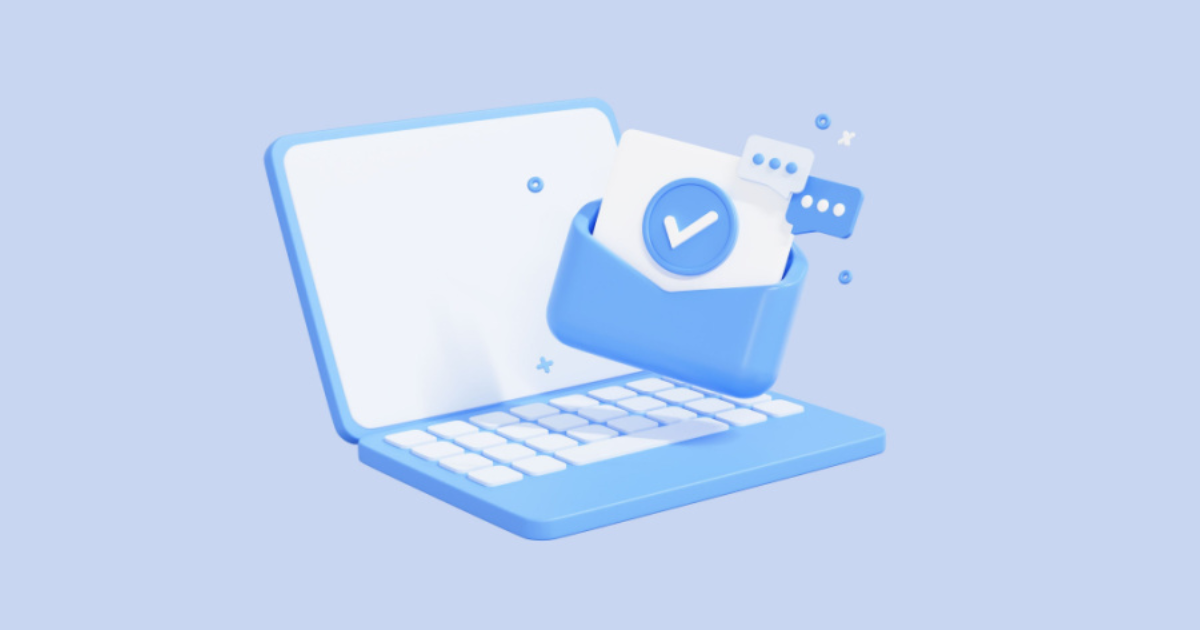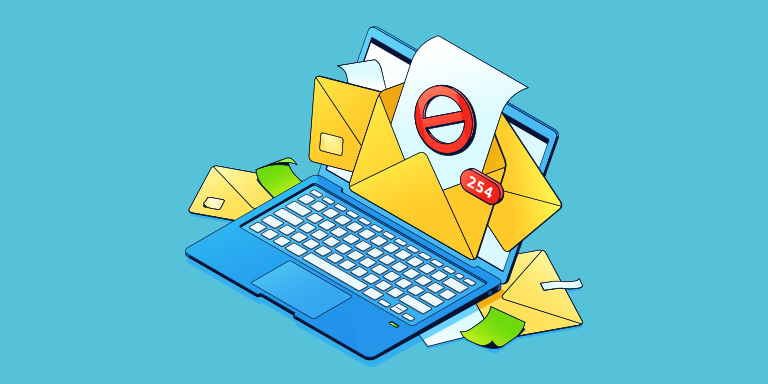The dreaded follow-up email.
You’ve crafted the perfect action plan, and you need a sign-off from your customer, client, or partner to get cracking. It’s been a few days now, and you’re sitting twiddling your thumbs, waiting to get started. You’ve had the follow-up email stored in your drafts, reluctant to hit send.
They’re just busy, you tell yourself. They’ll get to it shortly. They know it’s important.
But deep down, you know they’ve completely forgotten you ever sent it.
So you have no choice. You open up your emails and read your draft back to you before you hit send.
“If you possibly might be able to get a chance to perhaps take a look at my previous email, no worries if you are too busy”
It’s painful to read and even more painful to write.
But what if there was a way to craft the perfect follow-up email? One that doesn’t annoy the recipient but also pushes them to finally take the action you desire.
Here, we will talk you through how to do the perfect follow-up, whether it’s to a business partner or as part of your sales efforts.
Why Sending a Follow-Up Email Can Feel Like Pulling Teeth
First, it’s worth noting that no one likes sending or receiving follow-up emails. For those of us who are more introverted, the thought of chasing up on a project can leave us feeling like our stomach has hit the floor.
For those more extroverted, the process of sending the email may not be so gut-wrenching, but keeping the tone professional without coming across as frustrated, can be tricky!
In an ideal world, there would be no such thing as a follow-up email. We would all drift through life, responding to every email we receive in an adequate timeframe with the perfect response.
But we don’t live in a perfect world. We live in a world where follow-up emails are a necessary evil and one we must master.
Don’t Skip: How to Get a Consulting Job in 6 Steps
How to Write the Perfect Follow-Up Emails
Subject line
POW, KABLAM, BOOM!
Did I get your attention?
Okay, you definitely shouldn’t start your emails with those types of phrases, but the focus should very much be on grabbing the reader’s attention (Although Mr. KABLAM does have a certain ring to it).
Here are a couple of great, clear, and attention-grabbing subject line examples:
- Outstanding Invoice Follow-Up
- Reminder: A document is awaiting your sign off
- Action Needed: Please send me those documents ASAP
- Please Read: Outstanding project agreement
Email body
Now that you’ve crafted your perfect email subject line to Mr. KABLOOM (I’m making it happen), it’s safe to assume they will open the email.
So next, we need to think about the content they will read when they do take that action.
We want to strike the perfect balance between being polite and professional without coming across as rude or angry. This is particularly important for ongoing working relationships. Don’t sacrifice long-term relationships for short-term actions!
As this is a follow-up email, there’s no need to wax lyrically about that barbecue you went to at the weekend or ask about how their kids are adapting to their new school.
No, we want to stick to the basics and get to the point as quickly as possible.
“Hi, Hello, Dear, Greeting” Pick your poison and move straight into explaining the situation.
Be specific when explaining the issue at hand, and definitely DO NOT apologize for sending a reminder. After all, if they replied to your first email, we wouldn’t be in this situation, would we?
Provide context in as much detail as possible, referencing the circumstance and the time elapsed since your first message before offering a solution.
For example, if you are chasing an invoice as a small business, it can be tough to be firm with clients, especially ones you want to work with in the future.
However, you must still be firm. After all, getting paid keeps your business afloat. Remind them of the size of your business, and reiterate that without payment, you will be forced to stop working with them in the future. Written in the correct manner, this will not seem rude, merely professional, and shows them you are a serious partner.
The final touches
Now let’s consider your sign-off. Sadly, “XoXo, Gossip Girl” isn’t going to cut it.
Instead, reiterate the action you want them to take, and request confirmation your email has been received and action is being taken.
Finally, finish off with a professional sign-off, such as “Best regards,” and include your email signature for professionalism.
Find the Perfect Follow-Up Email Template
The gentle nudge
In most instances, opting for a gentle reminder is the way to go. After all, there could be many reasons why your first email didn’t get a response, and you don’t want to come across as rude or pushy.
We’re pitching for professional and thorough.
A gentle nudge allows you to push for your desired outcome in a persuasive but friendly manner. Here’s an example:
Hello (Recipient’s name),
I hope this finds you well.
I am reaching out on behalf of (company name). Our prior arrangement involved the delivery of (specific item) scheduled for (mention date), in return for (X) payment, on (Y) date, which unfortunately has not been completed yet.
Could you kindly provide insights into the reason for the delay and offer an estimated date for the payment delivery?
You can see the original agreement attached, along with confirmation of the completed work.
Upon receipt of this email, please acknowledge its delivery and propose a revised delivery date.
Best regards,
(Your name)
Let’s be polite
As my Grandma often reminds me, good manners cost nothing (which is a good job really, given the state of inflation).
When sending a follow-up email to your client, it can be a fine line between professional and persuasive, and aggressive or ungrateful
Here’s an example you can use when asking for time off or confirmation on a project:
Hi (Recipient’s name),
I recently emailed you my request for payment from [date] to [date] for [x] work, as agreed. Please can you confirm whether this payment has been processed? I need to know soon so that I can get started with the other tasks within this project and pay my team for their hard work.
If you would rather discuss my request in more detail, please let me know a time that suits you, and we get that sorted as quickly as possible.
Best,
(Your name)
Time is of the essence!
Unfortunately, sometimes you don’t have time for a gentle nudge, and politeness must be replaced by urgency. Here, you must get to the point as fast as possible, setting a deadline and the consequences of that deadline getting missed.
However, even when time is against you, it is not a reason to be rude or aggressive in your tone. Here’s an example:
Hi (Recipient’s name),
This is an urgent follow-up regarding the [insert issue here].
We need this to be sorted by [set deadline] or [insert consequence, such as lost revenue, etc]. Please confirm once you receive this email, confirming when [issue] will be resolved by.
If it’s easier, please feel free to call me on [your number].
Talk soon,
(Your name)
Keep Learning: Write the Perfect Consulting Proposal
Don’t make us send a reminder about our free training…
Download your free B2B lead generation guide, and ensure you master all the elements of converting hot or cold leads into paying customers.


















